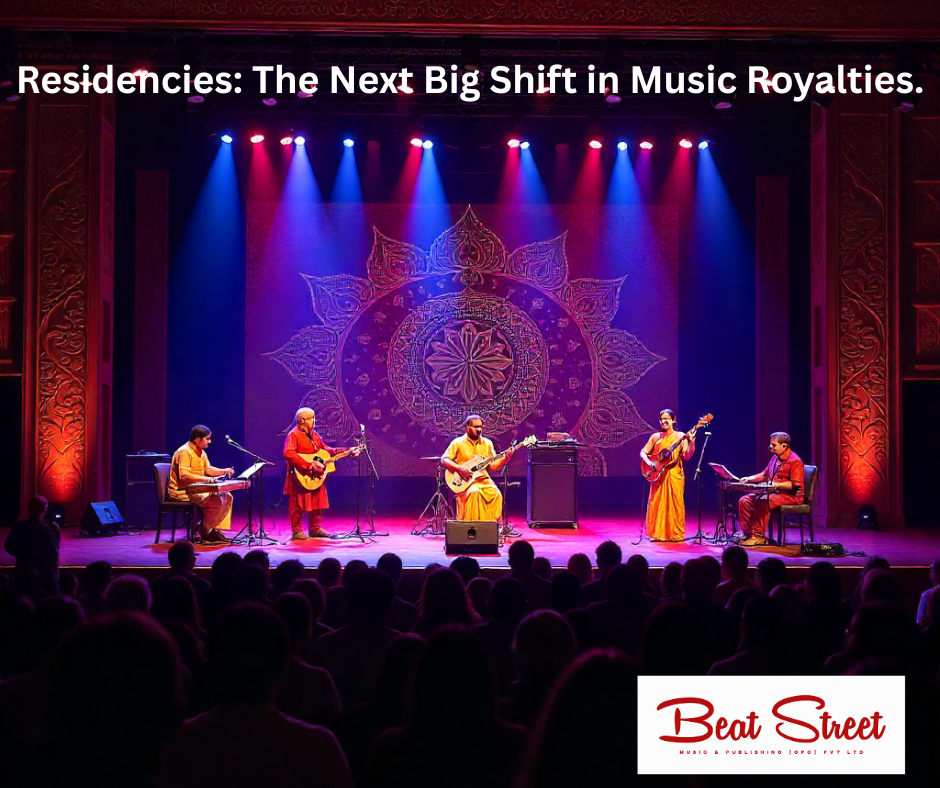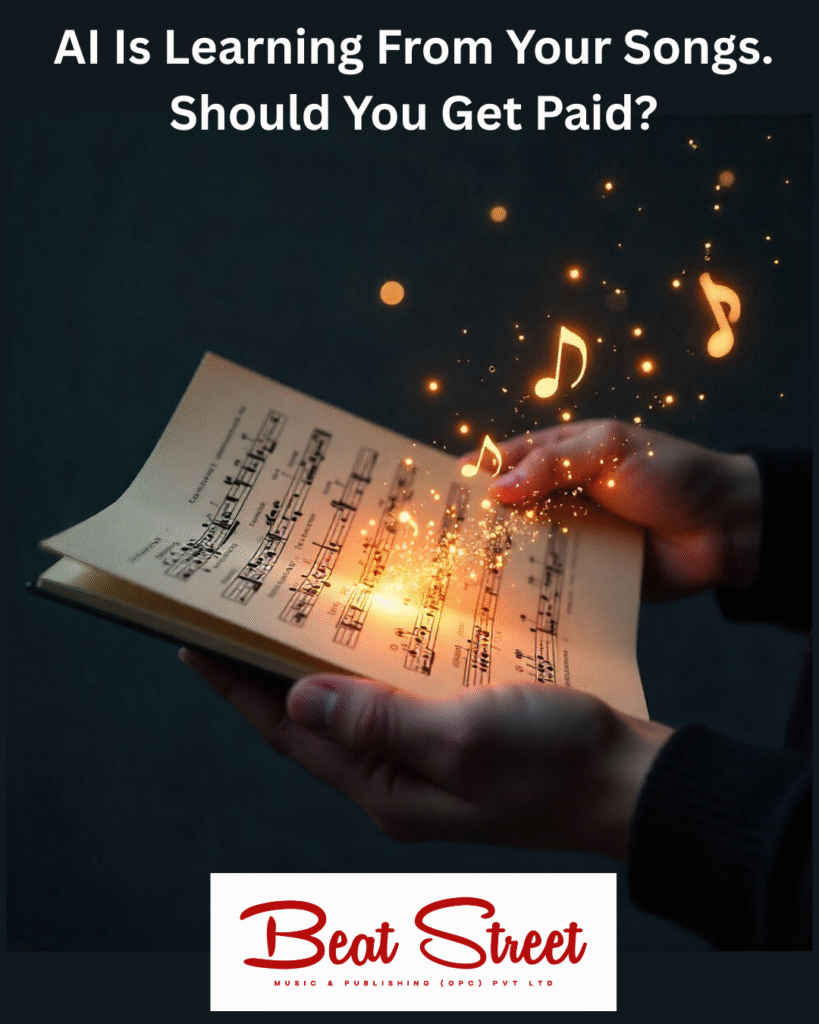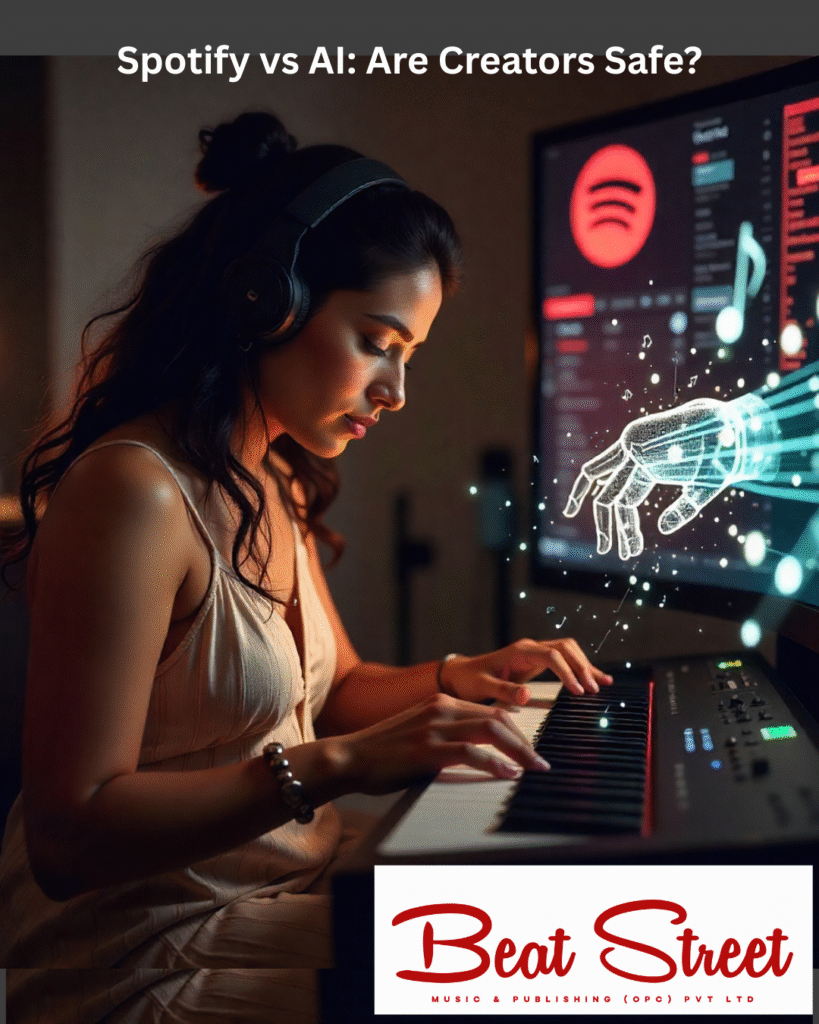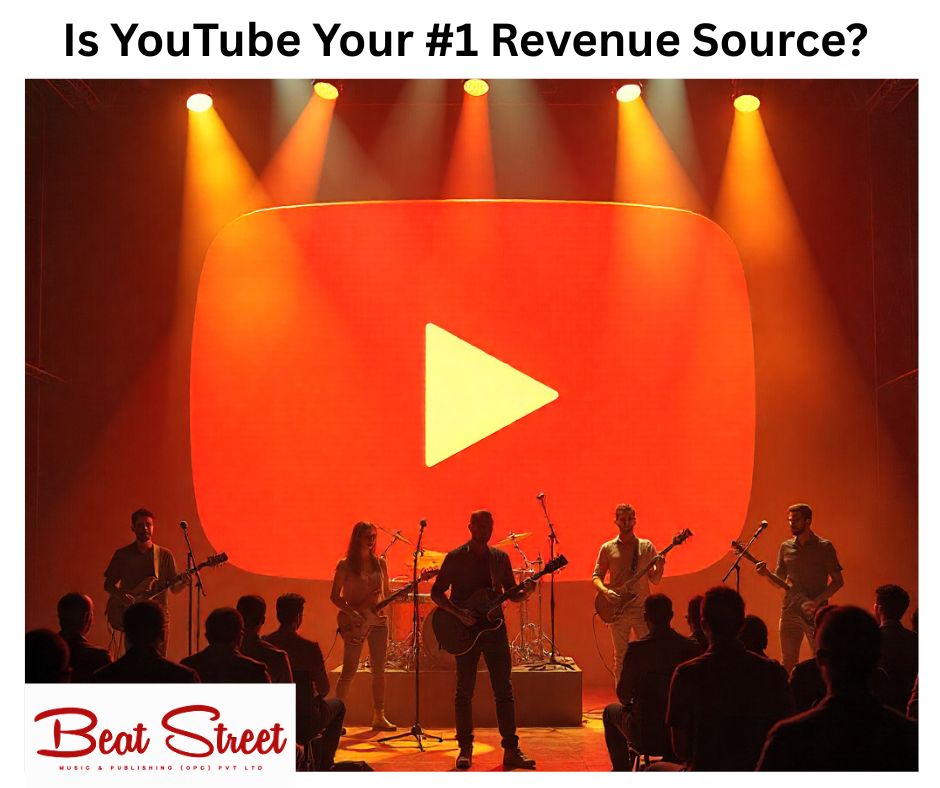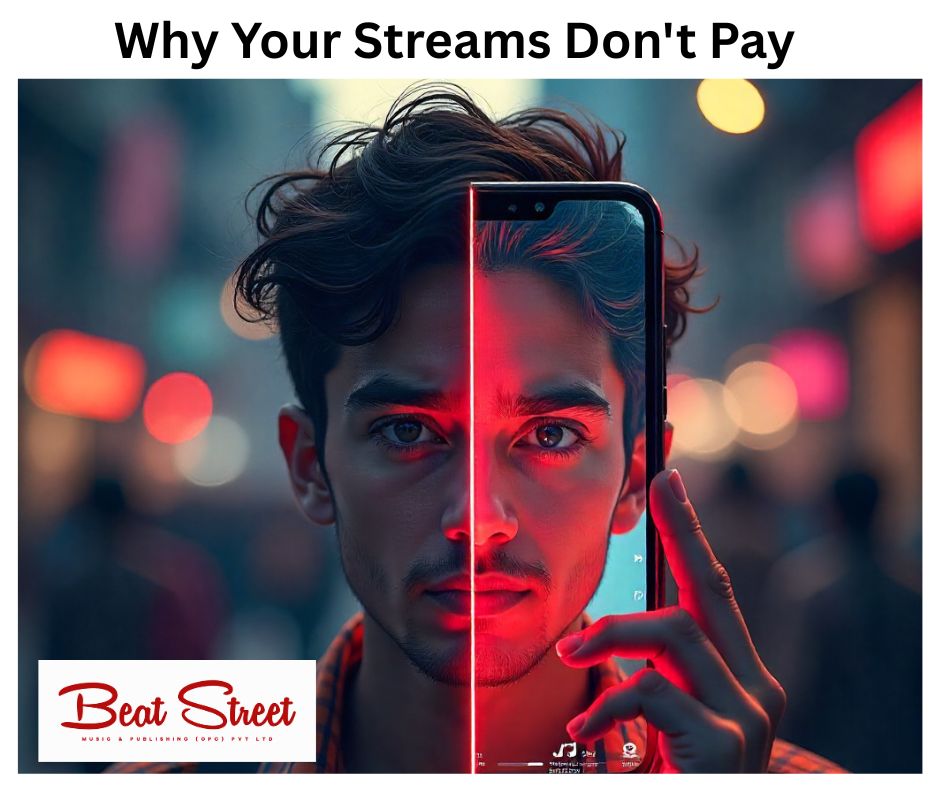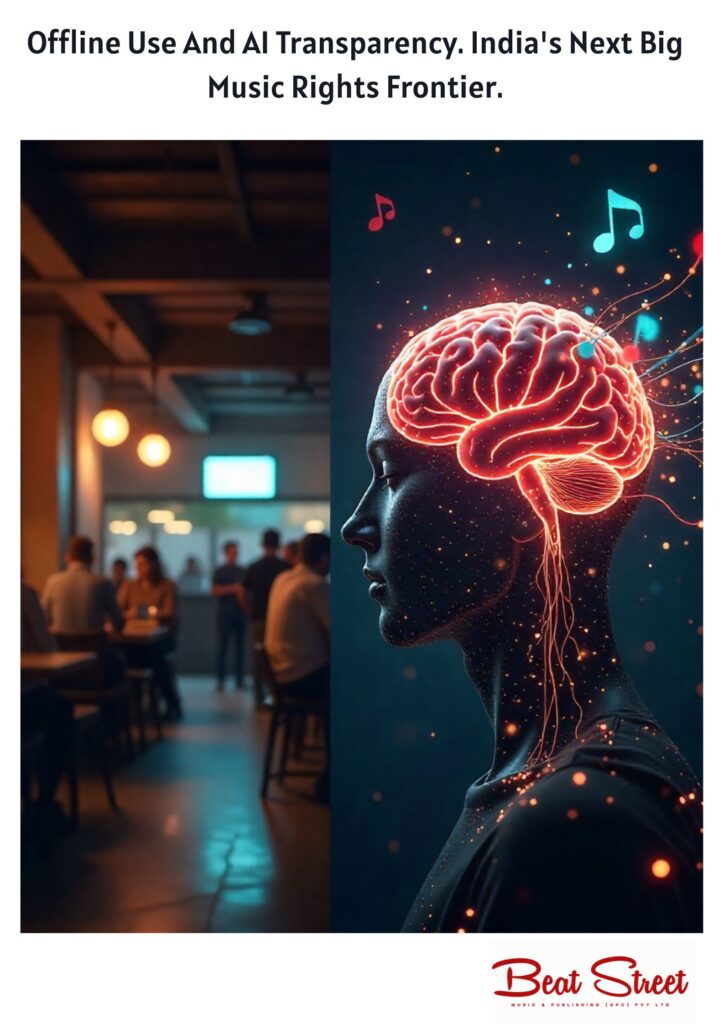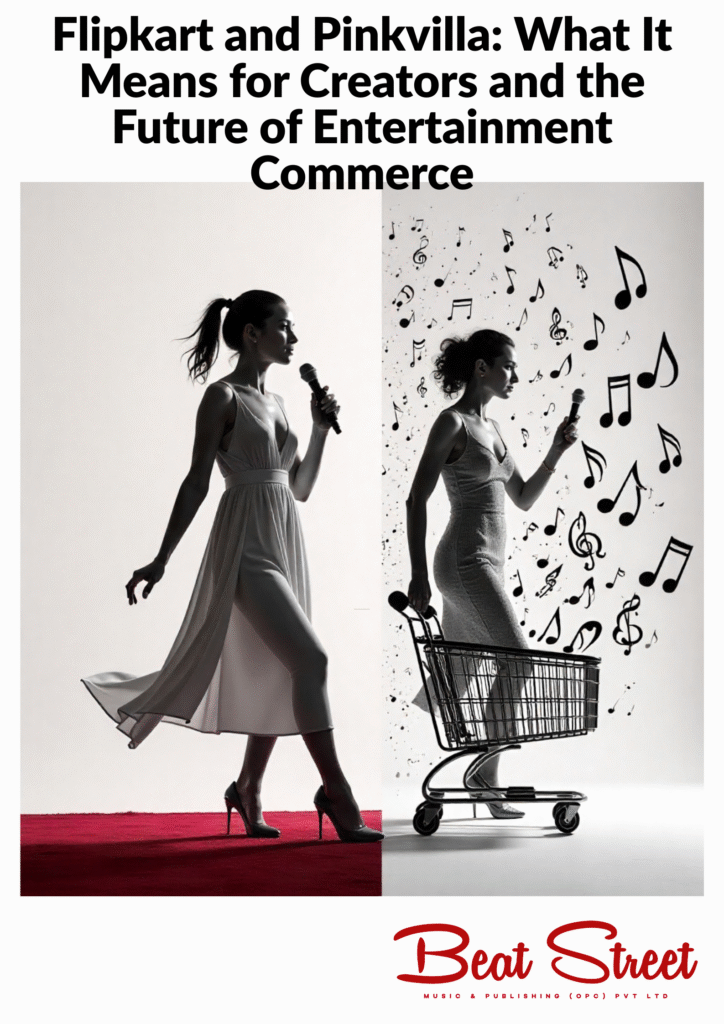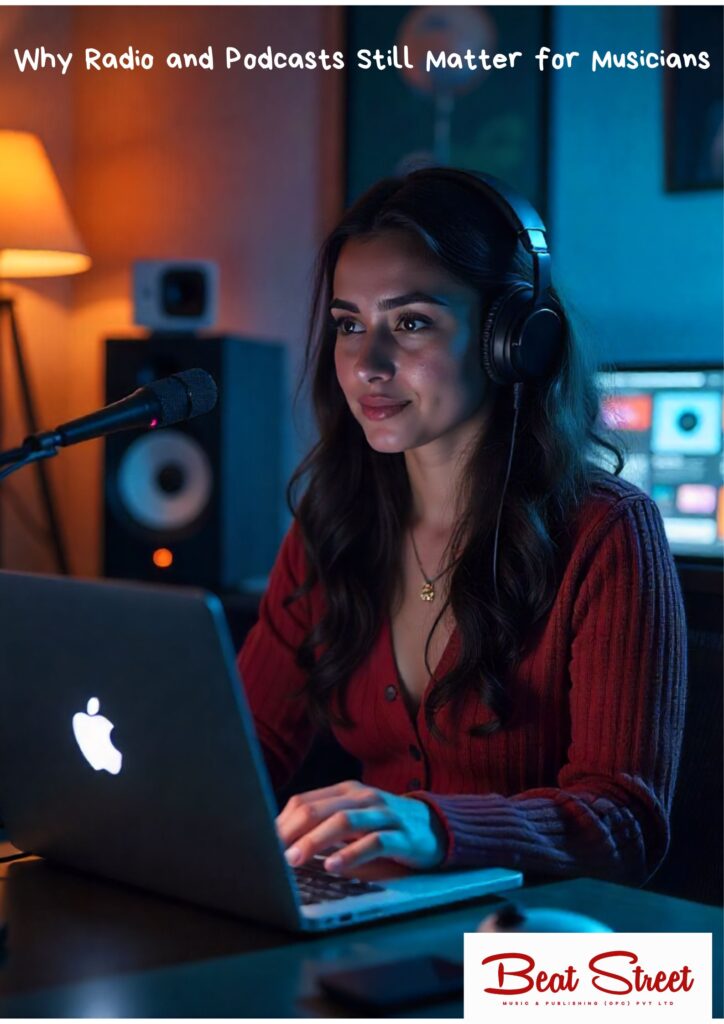OpenAI’s Sora 2 exploded into the public eye this month. The app reached the top of the App Store within days of launch, and users are already using it to create striking, short video content with synchronised sound and realistic motion. For anyone working in music, this is a moment to pay close attention.
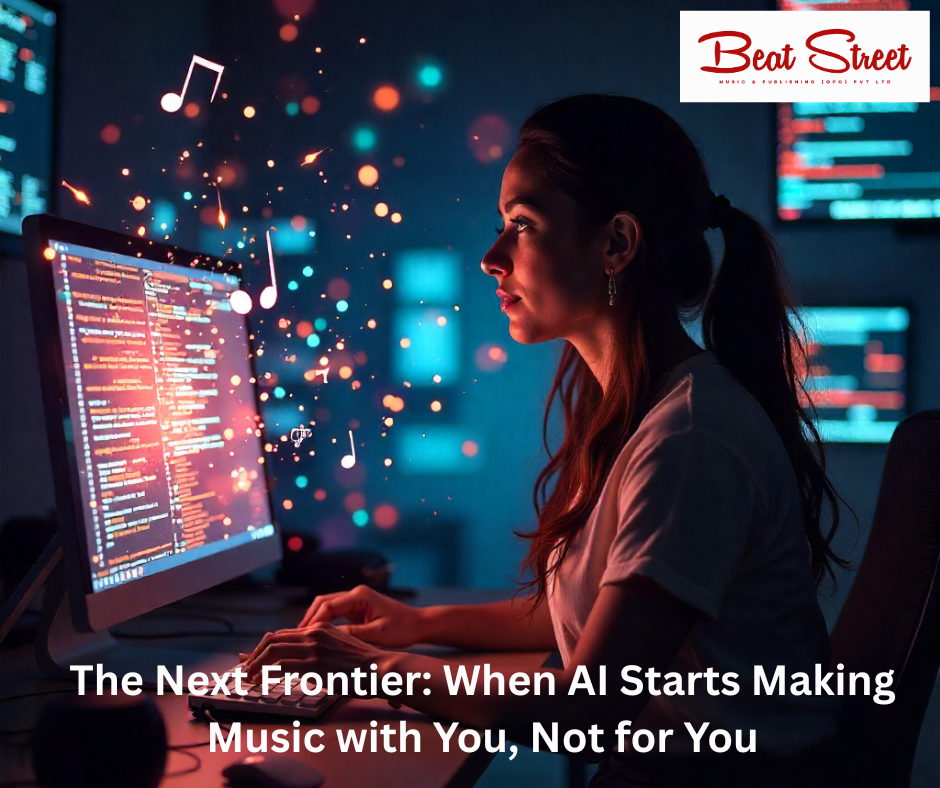
But it’s not just a story about a new tech toy. Major Hollywood talent agencies and Indian music labels are already sounding the alarm, with some seeking to join lawsuits over copyright infringement. This makes understanding Sora 2 an immediate business priority.
Why Sora 2 Matters for Music
Sora 2 is not just another catchy app. It combines high quality video generation with synchronized audio and a social feed built for rapid sharing. That means a user can prompt a scene, hear music that fits, and share a polished clip that looks and sounds professionally produced.
The capability to generate realistic motion and synced audio at scale changes the economics of visual content. For songs and compositions that used to need a full video shoot, a simple, low cost Sora 2 clip can now provide similar social traction. This is both the opportunity and the risk.
What It Means for Composers and Lyricists
You write the melody. You shape the lyrics. Those are the building blocks that influence what AI learns and reproduces.
First, Sora 2 opens a new promotional toolbox. Composers and writers can now prototype visualisations for their songs quickly. A short visual trailer can turn into a pitch to publishers, a teaser for an artist, or a social asset that helps a song gain traction. A well crafted Sora 2 clip can drive streams, radio interest, and sync enquiries.
Second, it changes how your work can be used. If Sora 2 is trained, in part, on public or uploaded content, a model may learn textures and phrasing that echo your compositions. That raises critical questions. If an AI generated piece closely resembles your chorus, does that trigger a right to compensation? Who owns the output when it borrows from thousands of inputs?
These are not theoretical problems any more. The industry is responding, with major players globally striking the first licensing deals with AI companies that include attribution and revenue sharing. This sets a new precedent for how your work should be valued.
Practical Actions for Writers
Register your works now with your publisher and performance society. Clean and consistent metadata matters more than ever. If someone turns a short fan clip into a viral trend, the traceability of that usage helps ensure you get paid.
Ask your publisher to include AI usage clauses in licensing conversations. If you are negotiating a sync or a recording deal, include language that addresses machine training and derivative content. Think of this as copyright hygiene for the AI era.
How Singers and Performers Can Use Sora 2
For vocalists, Sora 2 offers a fast route to fresh content. You can create promotional clips, multilingual visual snippets, or concept visuals that once required a whole crew. That can supercharge discovery and help you test what visual language connects with your audience.
At the same time, performers should be extremely mindful of their likeness and voice rights. Be aware of features like “Cameos,” which allow for the digital insertion of a person into any generated scene. If a synthetic representation of your voice or look is created without consent, you need contractual and legal tools to respond. Talent agencies are already pushing for stronger protections, and you should too.
Labels and Publishers Need a Two Track Approach
Labels can use Sora 2 as a creative amplifier. Quick promotional edits, market specific teasers, and testing of video concepts become cheaper and faster. That helps marketing teams iterate and capture attention across languages and regions.
But there is a risk in treating Sora 2 as just a new creative tool. If catalogues are used without clear licensing, or if the platform allows content that closely mimics catalog artists, then the label’s asset base is under pressure. Some studios and agencies have already raised concerns and opted out of certain AI integrations. Labels must now think strategically about opt in policies, licensing terms, and revenue participation models for AI platforms.
Rights Management and Tracking Become Central
One technical consequence of mass generated content is fragmentation. A viral clip can spawn dozens of versions across platforms. For composers and publishers, this means attribution and reporting must scale up.
Work with your rights society and your distributor to ensure that performances and usages are tracked. Explore watermarking, strengthened metadata practices, and automated matching systems. If you are a label or a publisher, invest in a quick audit of where your catalogue appears in AI generated content and whether that use is authorised.
Opportunities to Monetise and to Lead
There is an upside if creators and rights holders are proactive. Consider licensing bundles for AI training where you offer well defined, time limited, and priced access to stems or isolated compositions. Think about authorised creator programs where you collaborate with AI platforms to produce revenue share agreements.
Brands and campaigns will pay for authentic, localised content that resonates. In India that could mean regional language visual snippets, classical fusion visuals, or festival centric short films that are created at low cost and high speed.
How to Act in the Next 90 Days
Audit. Know where your catalogue sits online. Check what is public and what is gated.
Metadata. Fix the basics. Composer and lyric credits must be accurate and machine readable.
Contracts. Add clear AI clauses to new agreements and review old deals for gaps.
Pilot. Run one small campaign using Sora 2 style content to test performance and rights tracking.
Partner. Talk to your distributor and publisher about opt in policies and revenue share models.
Engage. Join industry conversations and support collective approaches to creator compensation.
A Final Thought
AI platforms like Sora 2 will not disappear. They will only get better at generating high quality audio visual content. That makes this moment urgent for creators and labels to choose how they want to participate. Ignore it and you risk seeing your work used without credit or pay. Engage with it and you can create new promotional paths, new revenue streams, and new partnerships.
If you would like help turning this into a strategic advantage I can help. I work with creators, labels, and publishers on catalog audits, AI readiness checks, and contract language that protects rights while enabling creative experimentation. If you are building something in music or media and want to get the business side right, let us talk.
